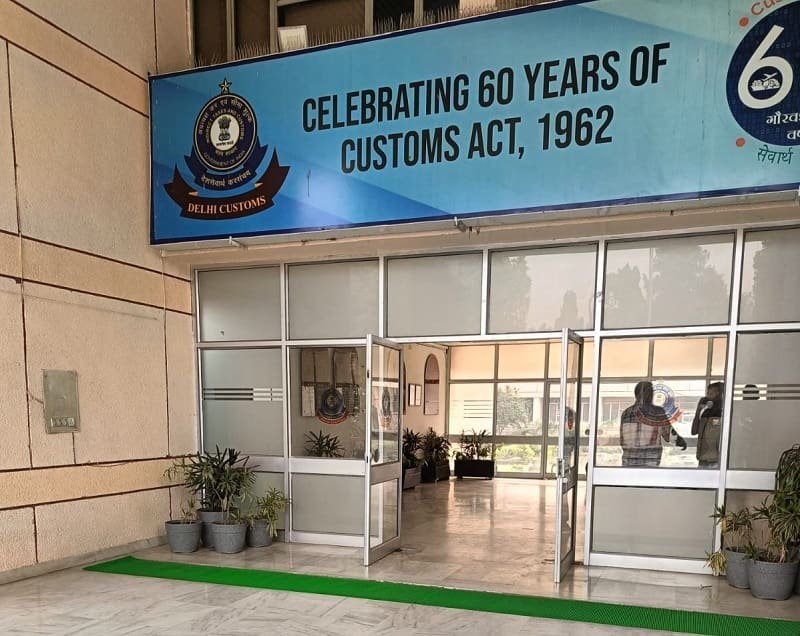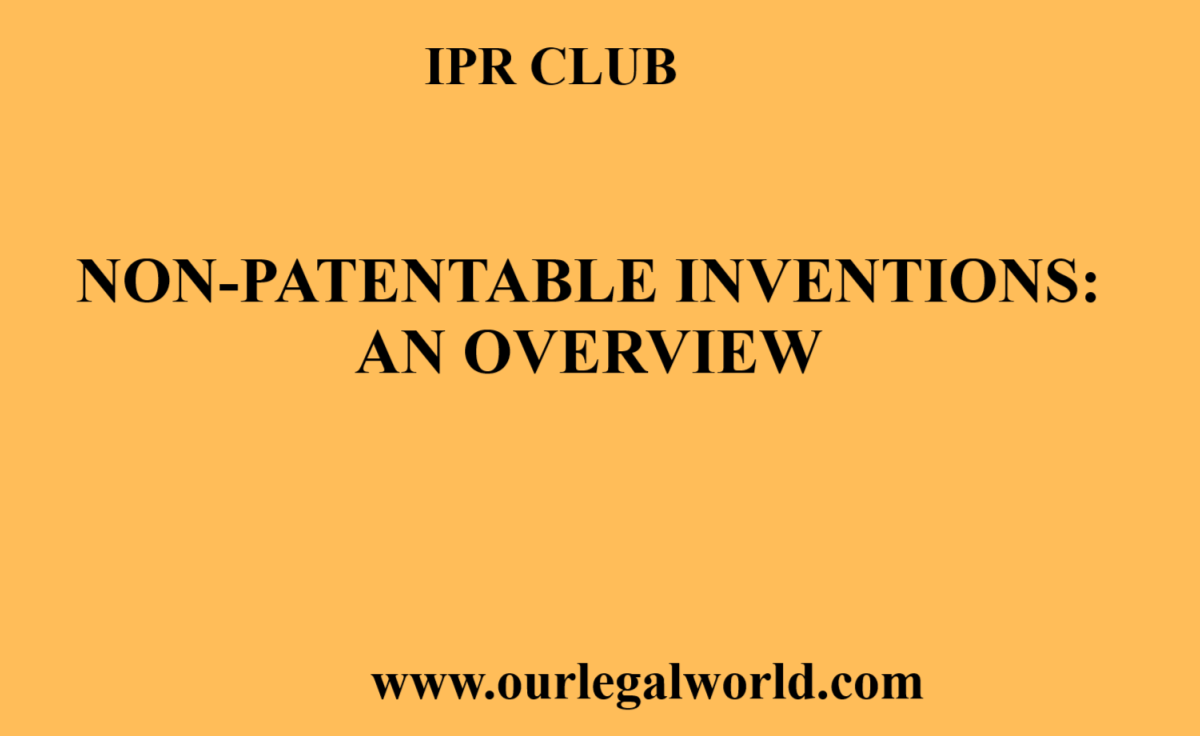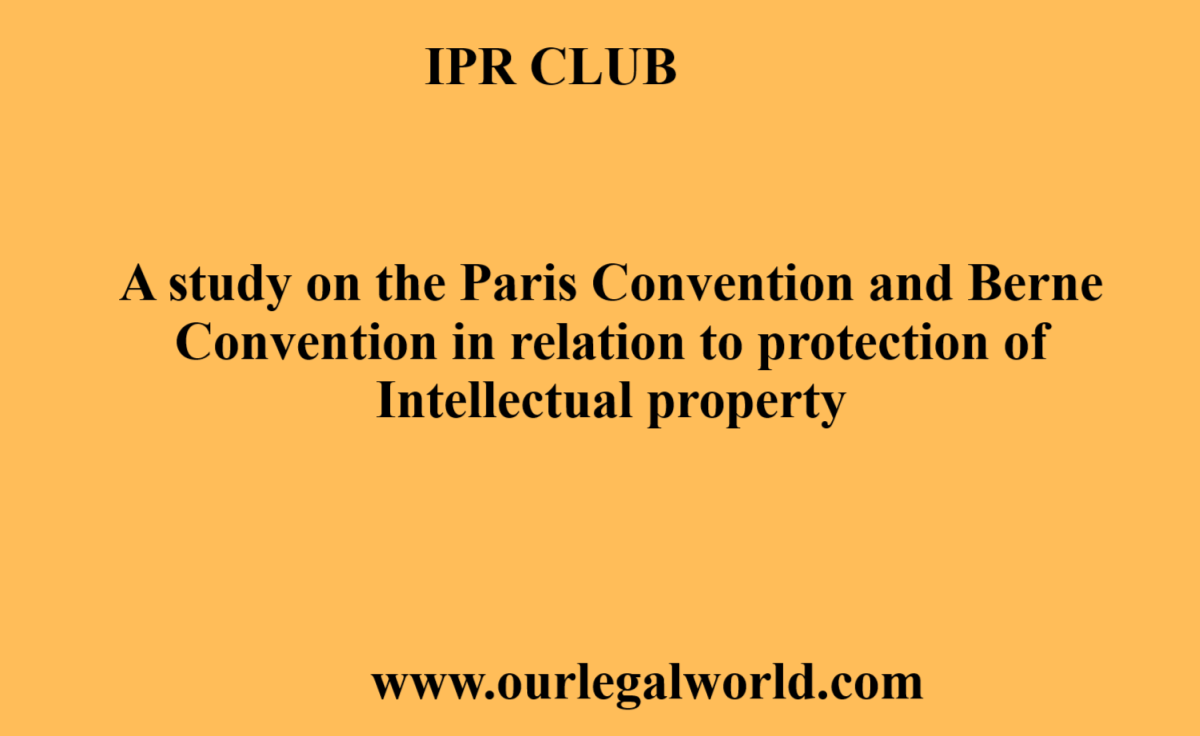Shreya Singhal VS. Union of India: Case Analysis
Case Name: Shreya Singhal vs. Union of India
Court: Supreme Court of India
Bench: J. Chelameswar, Rohinton Fali Nariman
Citation: AIR 2015 SC 1523
Petitioner: Shreya Singhal
Respondent: Union of India
Introduction:
Freedom of Speech and Expression is the soul of a democratic country. It is the liberty to air one’s view freely by way of speech, writing, printing, gestures or through any other medium of communication.
Shreya Singhal vs. Union of India is a landmark case which has stuck down Section 66- A of the I.T Act one the ground that it was violative of Freedom of Speech and Expression.
This case reinforces the fact that Article 19 is of paramount importance in India and it has widened the ambit of a person’s Freedom of Speech and Expression assuring that this freedom can only be curtailed on the grounds defined under Article 19(2) of the Constitution.
Key Words: Freedom of Speech and Expression, Reasonable Restriction, Annoyance, Advocacy, Incitement
Important Statue: Constitution of India, Information Technology Act
Facts of the Case:
• There was a Bandh declared by Shiv Sena in Maharashtra on death of the political leader Bal Thakery.
• Two girls named Shaheen Dhada and Rinu Shrinivasan expressd their displeasure against the bandh by posting a comment on Facebook and liking it.
• They were arrested by Mumbai Police immediately under section 66 A of Information Technology Act for posting and liking comment which could cause annoyance & hatred in minds of public at large.
• Soon the girls were released but it attracted a large public protest and media attention claiming that it was violative of Freedom of Speech and Expression guaranteed under Article 19 of Constitution.
• It was also asserted that the police authorities abuse their power by invoking Section 66 of I.T Act which allow the police authorities to investigate a case without any warrant. It has led to large arrest of innocent people for mere expressing their opinion and views which according to the Government was Obnoxious Content.
• After this incident in 2013 the Central Government issued an advisory under which no person can be arrested without the prior approval of Inspector General of Police.
• Soon several petitions were filed together under Article 32 of the constitution challenging the validity of Section 66 – A of the I.T act.
• The supreme court clubbed all these petitions under a single P.I.L and the case was named as Shreya Singhal vs. Union of India.
Issue:
Whether Section 66A of I.T Act is violative of Freedom of Speech & Expression?
Arguments from Petitioner:
• The first contention raised by the petitioner is that Article 66A of I.T Act 2000 is violative of Fundamental Right of Freedom of Speech and Expression as guaranteed under Article 19(1)(a) of Constitution.
Freedom of Speech and Expression is indispensable in a democracy.
In Romesh Thapper vs. State of Madras Patanjali Shashtri observed that “Freedom of Speech & of Press lay at the foundation of all democratic organization, for without free political discussion no public education, so essential for the proper functioning of process of popular government is possible.”
In Sakal Papers Ltd. & Oth. Vs. Union of Indian the Court said that “Freedom of speech and expression of opinion is of paramount importance under a democratic constitution which envisages changes in the composition of legislatures and governments and must be preserved.”
Article 19 of the UDHR also states that “everyone has the right to freedom of opinion and expression; this right includes freedom to hold opinions without interference and to seek, receive and impart information and ideas through any media and regardless of frontiers.”
Thus, it can be said that freedom of speech and expression is of paramount importance and people have the freedom to express their views and opinions freely but Section 66 – A of I.T Act was not in support of this freedom. It stated “Any person who sends by any means of a computer resource any information that is grossly offensive or has a menacing character; or any information which he knows to be false, but for the purpose of causing annoyance, inconvenience, danger, obstruction, insult shall be punishable with imprisonment for a term which may extend to three years and with fine” which was clearly in opposition to Article 19 of Constitution.
• The next contention of petitioner is the terms used in Section 66-A – causing of disturbance annoyance, inconvenience, danger, obstruction, insult is not covered under the ground of Reasonable Restriction of Freedom of Speech and Expression provided under clause 2 of Article 19.
Freedom of Speech and Expression is not absolute. Certain restriction needs to be imposed in the name of Security of state, Friendly relations with foreign country, Public Order, Decency, Contempt of Court, Morality, Defamation. However, these restrictions need not to be arbitrary in nature. There must be a rational nexus between the imposition of restriction and objective sought to be achieved. The restriction must be for the purpose mentioned in clause 2 to 6 of Article 19, which is not satisfied by Section 66A of I.T Act.
• The third contention of petitioner is that Section 66- A is vague in nature as the terms used in this Section can be interpreted differently by different people according to their whims and desires. What may be offensive for one might not be wrong for the other. Thus, it is highly prone to abuse. A legislature having ambigious interpretation is to be declared void.
Thus, the petitioner contended that this section not clearly defined must be declared as unconstitutional by the Supreme Court.
• The last contention raised is that Section 66 A is violation of Article 14 of Constitution as there is no intelligible differentia between those who are using internet as a medium of communication and others who are using other mediums of communication. It is a discriminatory to make classification between netizens and other citizens of the country and punishing netizens under Section 66 A for expressing their views about events.
Arguments of Respondent:
• The Respondent defended the constitutional validity of Section 66 A and contended that the legislature is in the best position to understand and appreciate the needs of the people. The court will declare a provision unconstitutional only when it clearly infringes with Part III of Constitution which was not the case with Section 66 A of the Constitution.
• The next contention raised is that mere possibility of abuse of this section by the police authorities could not be a ground to declare the section inconsistent.
• The other contention raised by the respondent is that the vagueness of the language cannot be a ground to declare the statute as unconstitutional when the statute is otherwise legislatively competent and non-arbitrary. Moreover, the language of the section incorporates all the conditions through which a person could use internet to infringe the right of others.
Also Read: SUPREME COURT ADVOCATE-ON-RECORD ASSOCIATION vs. UNION OF INDIA (Second Judges Case)
Judgement:
The Supreme Court agreed with the arguments of petitioner and held that Section 66 A has a chilling effect on Freedom of Speech and Expression and the words used therein do not form the basis for imposing Reasonable Restriction on the freedom. The loose language of Article 66 A may cause arbitrariness and hence would do harm and injustice to the society and so it needs to be stuck down.
The court also made distinction between “Hate Speech & Free Speech. Hate Speech is subjective in nature. Any innocent comment cannot be put under the preview of Hate Speech. The court referred to the three concepts which are fundamental in the concept of Freedom of Speech – Discussion, Advocacy Incitement. It is when the discussion or advocacy on a topic reaches a limit of incitement to offence the restriction on freedom applies.
The court however denied the contention of the petitioner that there was no intelligible differentia between medium of communication through print and live speech when compared with speech through internet. There is an intelligible differentia as internet give a platform to express one’s views by paying a nominal cost or even sometimes no cost as opposed to other medium of transmission of information. With the help of internet, the information reaches to millions of million in just few seconds.
Thus, this contention of petitioner which challenges Article 14 of the Constitution fails.
Applicability of Rule of Severability
The Supreme Court applied the doctrine of severability and only Section 66- A which was inconsistent with Part III of the Constitution was declared invalid. Only this section was declared as unconstitutional the rest of the act was held constitutional.
Conclusion:
The two-judge bench of Supreme Court has issued direction has taken a positive step towards the protection of Freedom of Speech and Expression in modern era where millions of people use Internet a mode of communication to express their views. By declaring Section 66A unconstitutional the court made it clear that discussion and advocacy on a topic is important so as to assist the discovery of truth and to enable individuals to participate in decision making.
References:
- https://lawtimesjournal.in/shreya-singhal-vs-union-of-india/
- https://lawlex.org/lex-bulletin/case-summary-shreya-singhal-vs-union-of-india/18989
- https://indiankanoon.org/doc/110813550/
- Romesh Thapper vs. State of Madras A.I.R 1950
- Information Technology Act 2000
- Article 19 of the UDHR
- Sakal Papers (P) Ltd., And Others vs The Union A.I.R 1962
Written by Deepanshi Jain
Edited by- Ankita Roy





![Jamia Hamdard Mediation Competition 2025 at School of Law, HILSR [21st February 2025]](https://ourlegalworld.com/wp-content/uploads/2024/12/Screenshot-11-min-1.png)


